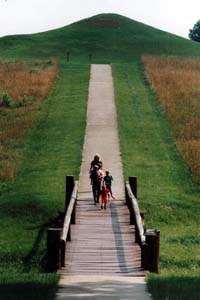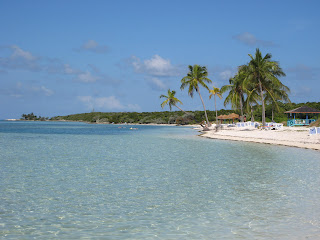elevated ridges on the shells. The shell is rounded to slightly triangular. The exterior is usually brown in color but can vary to a yellowish-gold. The nacre, or interior of the shell, is usually white to light purple. The average adult size is rarely larger than 1.5 inches.
Reproduction! - Right after reaching maturity these clams produce eggs, followed by sperm. Even later, they produce eggs and sperm simultaneously. They can self-fertilize, and release up to 2,000 juveniles per day, and more than 100,000 in a lifetime. Juveniles are only 1 mm long when discharged, and take one to four years to reach maturity. At this time they are about one centimeter long. Adults can reach a length of about 5 cm.















































